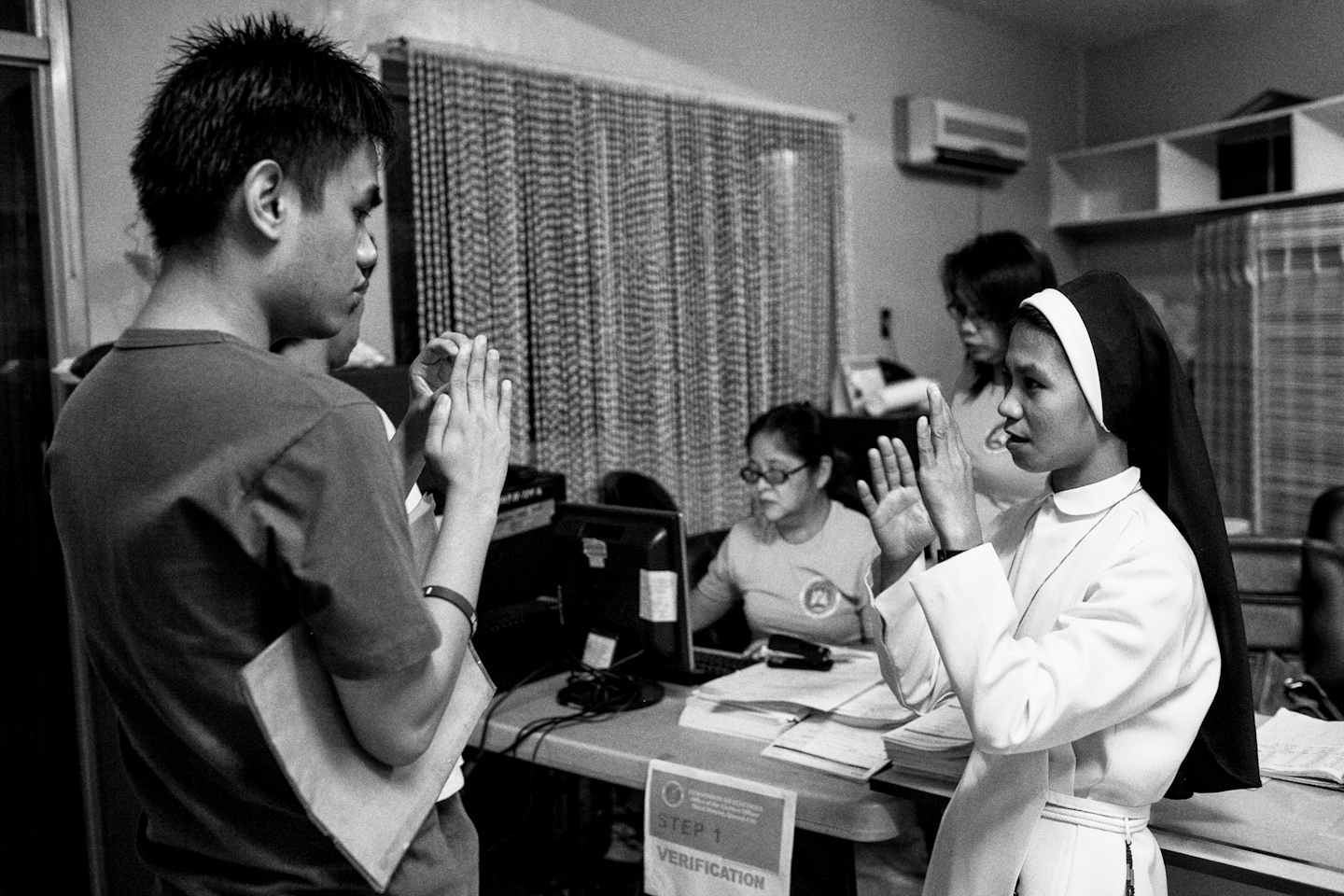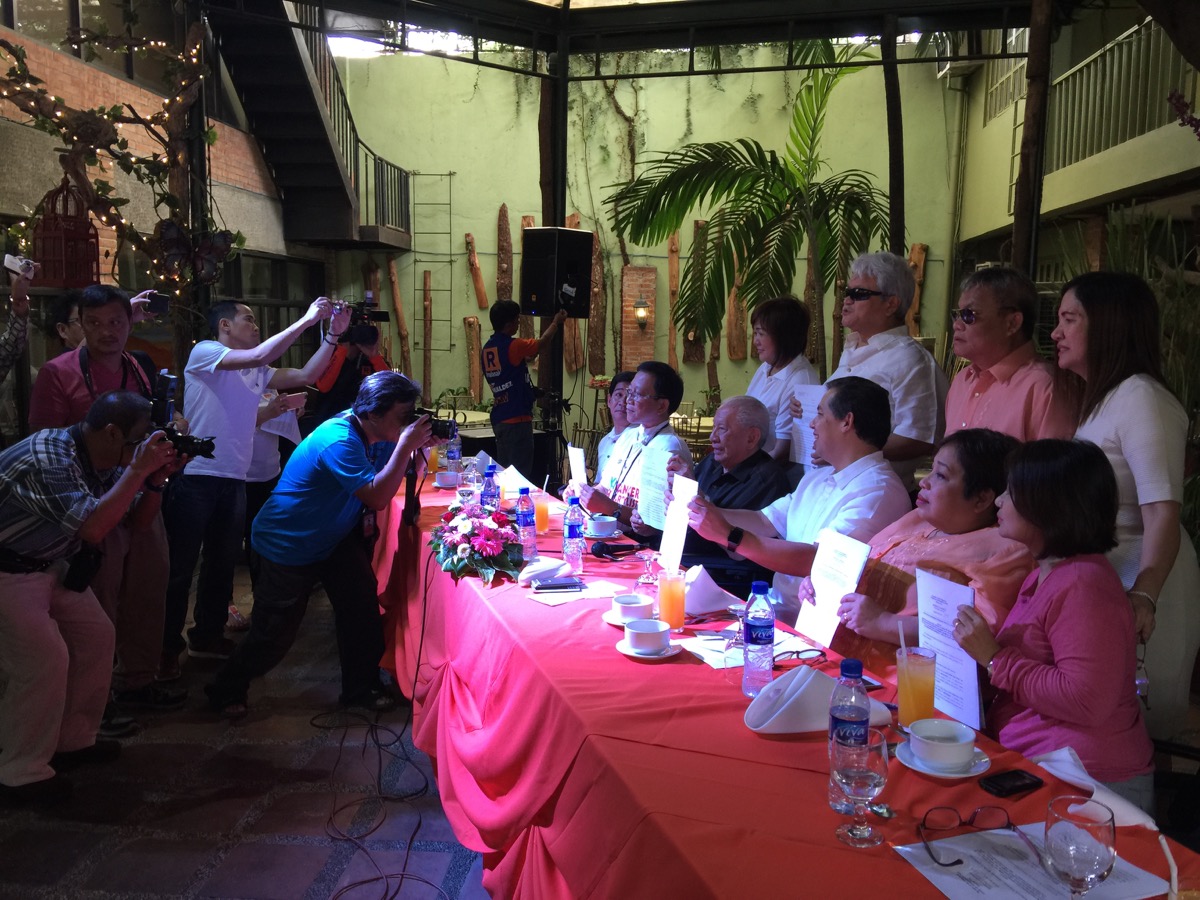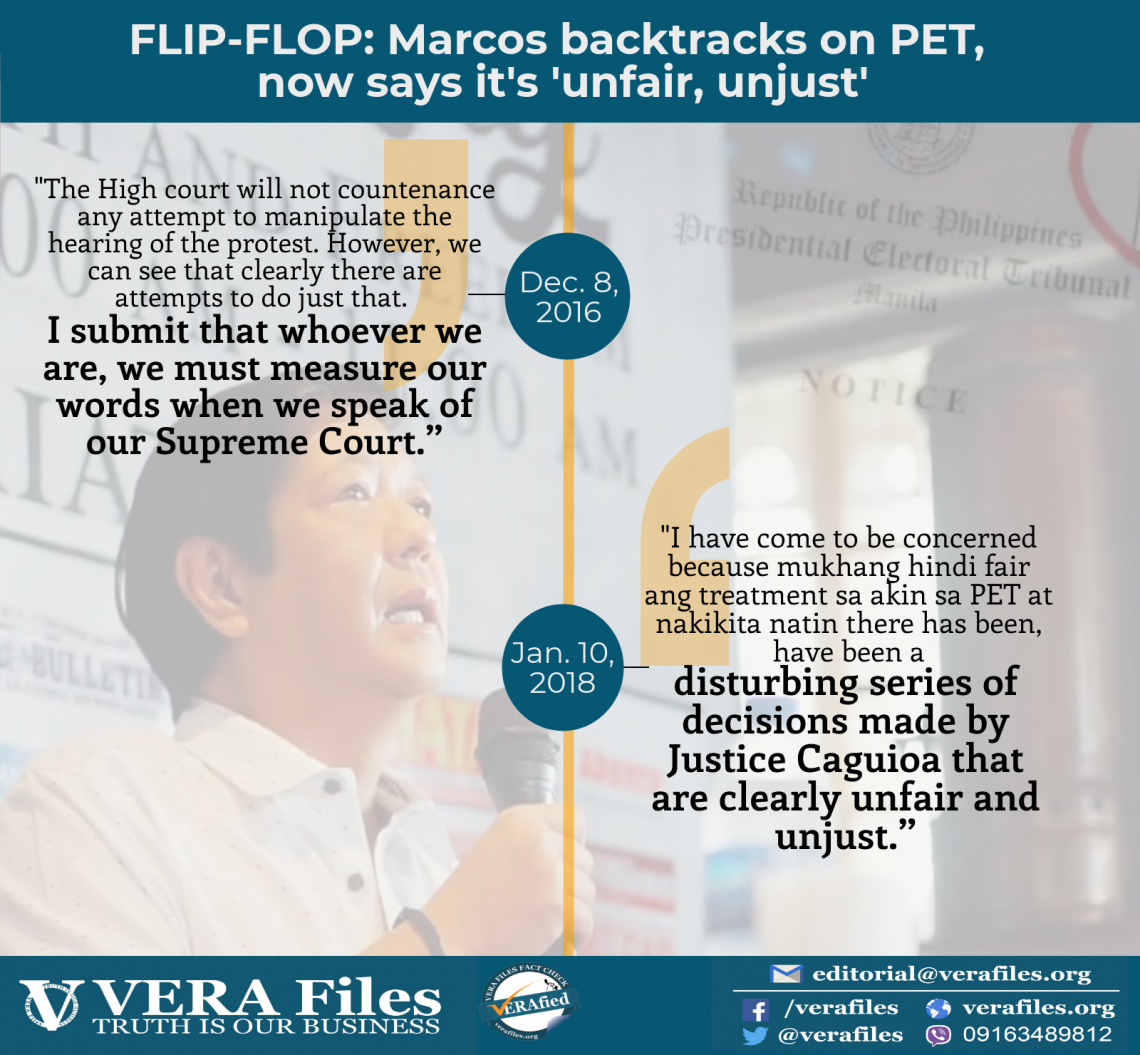[metaslider id=33666]
Text and photos by MARIA FEONA IMPERIAL
WHAT are the features of an accessible polling place (APP) for voters with disabilities?
The Commission on Elections on Saturday set up the Pura V. Kalaw Elementary School in Cubao, Quezon City as a mockup accessible precinct to show how an APP for the 2016 presidential elections would look.
Large blue signages bearing big and bold white letters were tacked up in one of the classrooms on the ground floor of the school. There were signages for priority lanes for persons with disabilities (PWDs) and senior citizens, entrances and exits, area for poll watchers, steps in the voting process, and door labels of APPs.
The room can be accessed through a ramp for people with visual and physical disabilities.
Entering the school facade, voters are welcomed by directional signs, a voting center map, precinct numbers, and legal and medical help desks. Guidelines on the proper shading of ballots are also scattered around the voting center premises.
The signages were put up to manage the traffic inside precincts and aid PWDs and senior citizens in voting, said Comelec Chair Andres Bautista, who led the walkthrough himself.
The usual problem during polls, said election officer Eric Santos, is that voters find it difficult to locate their precincts on election day, and some are directed to the wrong classrooms.
“Iyon ang gusto namin pagtuunan ng pansin sa halalang ito. Kapag mas maayos ang flow, mas dadali. Hindi na magiging masungit ang ating mga botante, hindi na (sila) masyadong maghihintay sa linya (This is what we want to focus on this coming elections. If there is a smooth flow, voting would be easier. Voters would no longer complain over queueing for hours),” Bautista said.
Pura V. Kalaw Elementary School is just one of the 4,137 voting centers designated as APPs for this year’s elections, based on a January 13 report from the Comelec Election and Barangay Affairs (EBAD).
Republic Act 10366 provides for the creation of APPs which, under the law, shall be located on the ground floor, preferably near the building entrance, free of physical barriers and provided with necessary services, including assistive devices.
Coincidentally, it was where Bautista fulfilled his outreach requirement when he was a high school student in the Ateneo de Manila University in 1981.
Asked if there had been improvements in the accessibility of the school, the poll chief said not much has changed.
“But at least, may (there is a) ramp. Pero yung ibang (But the other) schools, kailangan pa talagang mag-level up (still need to level up),” he said.
Bautista said the poll body is looking into adopting a standardized template of signages to be used across voting centers, but differences in the situation of schools in Metro Manila and in the provinces must be factored in.
Assistors, listening devices instead of Braille signages
Asked if the Comelec is considering reproducing election signages in Braille format, Bautista said the provision of an assistor as well as the listening device were adequate to accommodate the needs of people with visual disabilities.
The listening device embedded in the vote counting machines (VCMs) is designed to ensure that the assistor follows the instructions of the voter with disability, having the option to fact-check his or her entry.
But Bautista recommends that PWDs be assisted by their relatives, so they would most likely vote in the same precinct.
Whether or not senior citizens and PWDs have signified their intent to vote in an APP, the Comelec assured that they will be given priority in all precincts.




